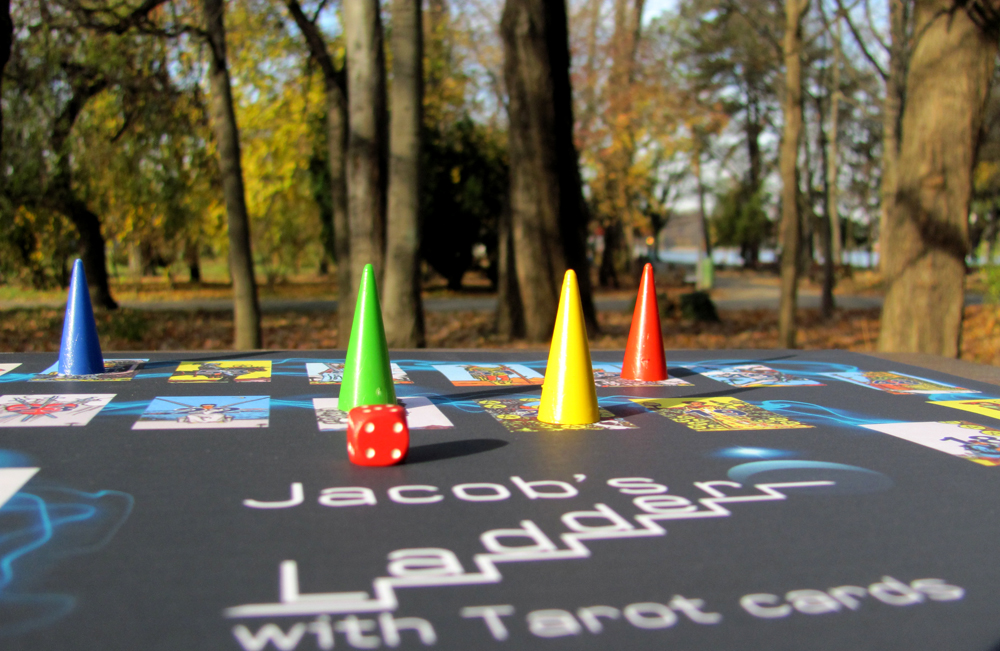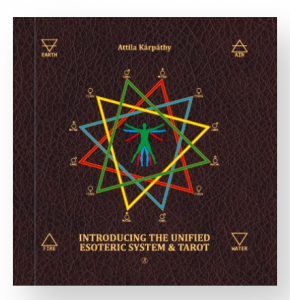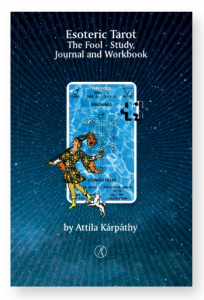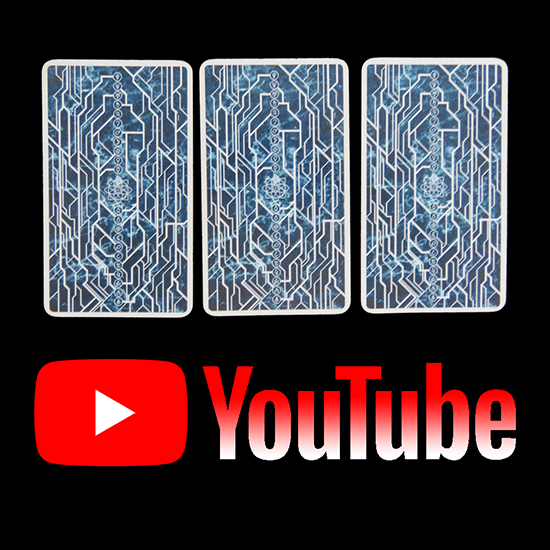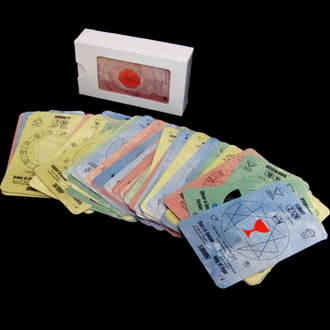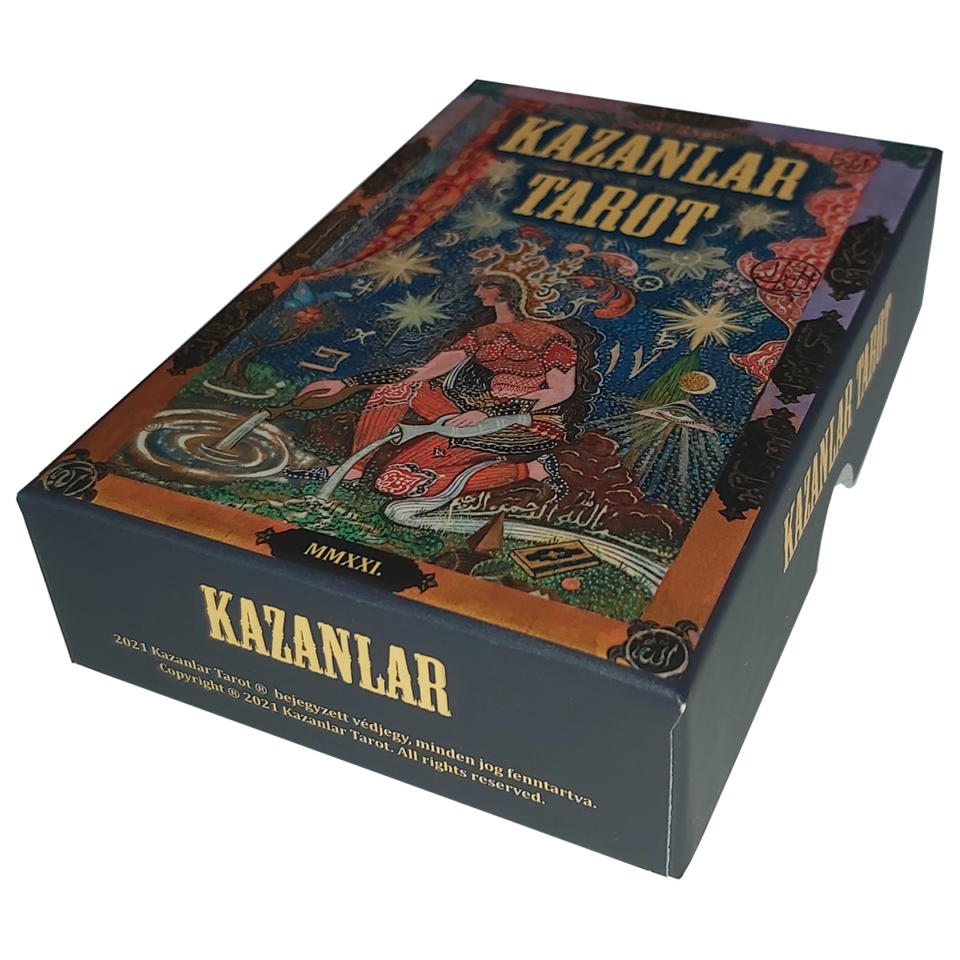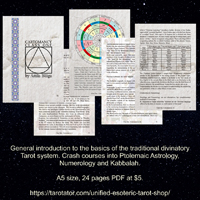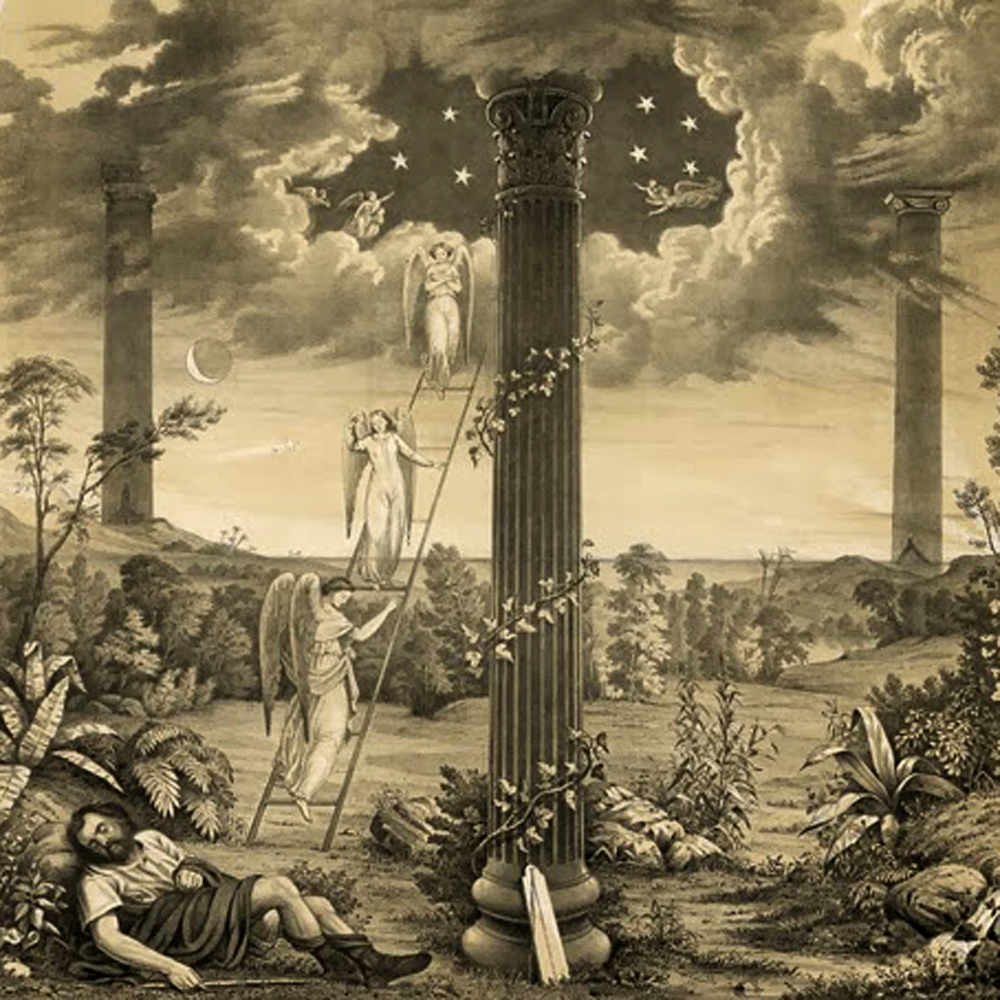
Jacob’s Ladder or the Mystical Stairway to Heaven
Regarding the ‘Jacob’s Ladder’, the original Hebrew expression is Sulam Yaakov where ‘sullam’ means ‘ladder’. In this particular context ‘sullam’ most probably represents a connection, a bridge between Earth and Heaven. Although the ‘Jacob’s Ladder’ is a widely used term of reference, in some translations of the Bible instead of the ‘ladder’ we may find ‘stairway’ or ‘highway’. The King James Bible, English Standard Version, JPS Tanakh 1917, English Revised Version, Darby Bible Translation, American Standard Version uses the term ‘ladder”, while the New International Version, New Living Translation, Holman Christian Standard Bible, World English Bible, uses the term ‘stairway’. The ‘highway’ form is only used in the International Standard Version and in the NET Bible edition.
But what exactly does the ‘Jacob’s Ladder’ represent? Let’s look in the Bible for that:
10. Jacob left Beersheba and set out for Harran.
11. When he reached a certain place, he stopped for the night because the sun had set. Taking one of the stones there, he put it under his head and lay down to sleep.
12. He had a dream in which he saw a stairway resting on the earth, with its top reaching to heaven, and the angels of God were ascending and descending on it.
13. There above it stood the Lord, and he said: “I am the Lord, the God of your father Abraham and the God of Isaac. I will give you and your descendants the land on which you are lying.
14. Your descendants will be like the dust of the earth, and you will spread out to the west and to the east, to the north and to the south. All peoples on earth will be blessed through you and your offspring.
15. I am with you and will watch over you wherever you go, and I will bring you back to this land. I will not leave you until I have done what I have promised you.”
16. When Jacob awoke from his sleep, he thought, “Surely the Lord is in this place, and I was not aware of it.”
17. He was afraid and said, “How awesome is this place! This is none other than the house of God; this is the gate of heaven.”
18. Early the next morning Jacob took the stone he had placed under his head and set it up as a pillar and poured oil on top of it.
19. He called that place Bethel, though the city used to be called Luz.
Genesis 28:10-19 (NIV)
Through out the ages there were several interpretations of what the Jacob’s Ladder represents.
The Jews tried first to decode Jacob’s dream and the mystical meaning behind the story from the Book of Genesis. According to the Midrash, the ladder signified the exiles which the Jewish people would suffer before the coming of the Messiah. The three Angels, one representing the 70-year exile to Babylonia, the other one representing the exile to Persia and the last one another representing the exile to Greece, went up the ladder and fell. Only Esau, the fourth Angel, representing the final exile of Rome/Edom kept climbing higher and higher into the clouds. Jacob feared that his children would never be free of Esau’s domination, but God assured him that at the End of Days, Edom too would come falling down.
Another interpretation of the ladder keys onto the fact that the Angels first “ascended” and then “descended”. The Midrash explains that Jacob, as a holy man, was always accompanied by Angels. When Jacob left and he reached the border, the Angels who were assigned to the Holy Land went back up to Heaven and the Angels assigned to other lands came down to meet Jacob. When he returned to Canaan, the Angels that accompanied him into exile went back to Heaven and the Angels assigned to the Holy Land came down to greet Jacob again.
A similar interpretation claims that the place at which Jacob stopped for the night was the Mount Moriah, the future establishment of the Temple in Jerusalem. The ladder therefore signifies the “bridge” between Heaven and Earth, as prayers and sacrifices offered in the Holy Temple soldered a connection between God and the Jewish people.
Hellenistic Jewish Biblical philosopher Philo Judaeus presents his allegorical interpretation of the ladder in the first book of his ‘De somniis’. There he gives four different, but not necessarily mutually exclusive interpretations of the symbolism of the Ladder. Philo used philosophical allegory to attempt to fuse and harmonize Greek philosophy with Jewish philosophy. His method followed the practices of both Jewish exegesis and Stoic philosophy. According to Philo, the angels represent souls descending to and ascending from bodies. This might be also a reference to the doctrine of reincarnation. In the second interpretation the Ladder is the human soul and the angels are the word of God, pulling the soul up in distress and descending in compassion. In the third interpretation the dream depicts the ups and downs of the life of the “practitioner” (believer) where by virtues he/she is going up and by committing sins he/she will falling down. This approach it’s quite similar to the one on which it is based our board game and makes a reasonable connection to the Tarot cards and their individual interpretation. In the fourth and final, very much a laical interpretation, the Angels represent the ever continually changing affairs of men.
In Christianity, ‘Jacob’s Ladder’ is seen as an analogy of the spiritual ascetic life which had a large diffusion through the classical work ‘The Ladder of Divine Ascent’ (Scala or Climax Paradisi) ) by St. John Climacus written in ca. AD 600. According to St. John Climacus, The Scala it’s divided into thirty “steps” or “rungs”, in memory of the thirty years of the life of Christ. The aim of the treatise is to be a guide for practicing a life completely and wholly devoted to God. Each step reveals how to avoid vices and practice virtue so that at the end, salvation can be obtained. As a consequence in Christianity, the general perception of the ‘Jacob’s Ladder’ is associated with the model of a life lived in concordance with the highest degree of religious perfection and the ultimate idea of salvation of the soul.
In Islam, Jacob is revered as a prophet and patriarch. Muslim scholars saw ‘Jacob’s Ladder’ as representing in its form the essence of Islam, which emphasizes following the “straight path”. The twentieth-century scholar Martin Lings described the significance of the ladder from an Islamic mystic perspective: “The ladder of the created Universe is the ladder which appeared in a dream to Jacob, who saw it stretching from Heaven to Earth, with Angels going up and down upon it; and it is also the straight path, for indeed the way of religion is none other than the way of creation itself retraced from its end back to its Beginning”.
In modern Pop culture, the ‘Jacob’s Ladder’ is probably best represented by the 1990’s eponymous movie written by Bruce Joel Rubin, directed by Adrian Lyne, and featuring Tim Robbins as Jacob. It is probably one of the most intense and disturbing representation of ‘Jacob’s Ladder’ which leaves open several possible interpretations of the story and its meaning. Huey Lewis and the News wrote ‘Jacob’s Ladder’ which became a number-one hit on the Billboard Hot 100 in 1987. Similarly Canadian rock band Rush do have a song called ‘Jacob’s Ladder’ on their 1980’s album ‘Permanent Waves’. Probably by far, the most famous is the 1971 Led Zeppelin song ‘Stairway to Heaven’ from their untitled fourth studio album, often called ‘Led Zeppelin IV’. Robert Plant mentioned Lewis Spence, and later cited his ‘Magic Arts in Celtic Britain’ as one of the sources for the lyrics to the song; ‘Stairway to Heaven’ is a direct reference to ‘Jacob’s Ladder’. Preceding eleven years the Led Zeppelin song, Neil Sedaka released a song called ‘Stairway to Heaven’ as a 45 rpm single off of he’s 1960 album ‘Neil Sedaka Sings Little Devil and His Other Hits’.
Excerpt from the book ‘The Tarot and the Jacob’s Ladder’ by Attila Blaga. Full or partial use of this text for commercial or non-commercial distribution by any means whatsoever is strictly prohibited unless expressly authorised by the author.
